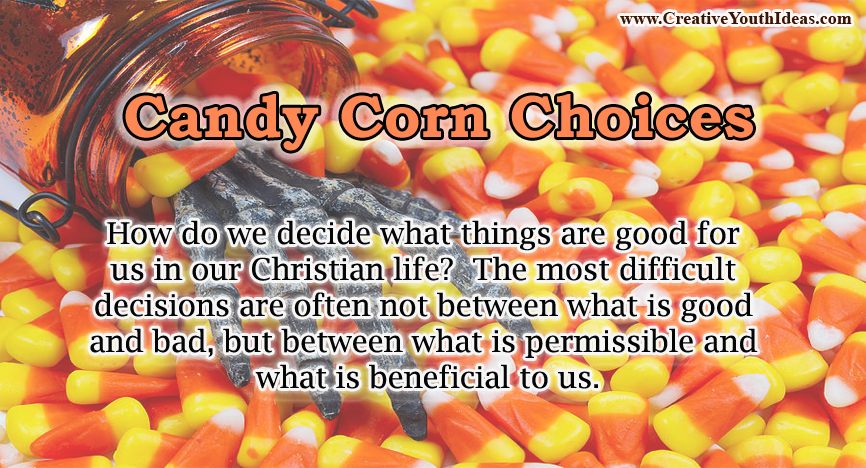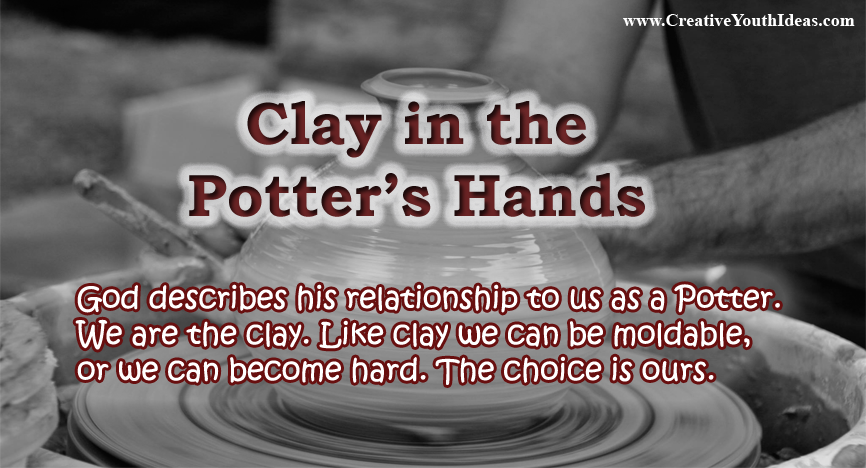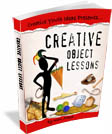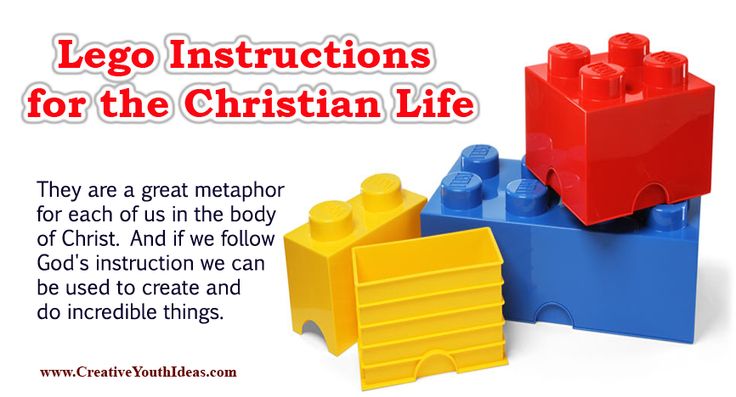
With the New Year we typically evaluate the past year and set new priorities for the upcoming year. Sometimes we call these new priorities or renewed priorities New Year’s Resolutions. New Year’s Resolutions may be focused around family, personal goals, money, jobs, and many other things. While these things are not necessarily wrong, when they take precedence over our relationship with God they become a problem.
PLEASE SHARE THIS IDEA ON FACEBOOK – CLICK HERE
What You Need
- Large sheets of paper or newsprint
- Whiteboard markers (that will not bleed through the paper)
Preparation
- Put a Poster or large sheet of paper in each corner of the room for each of the following labels:
- Possessions or Provision
- Power or Position
- Popularity
- Others
- Place a chair in the exact center of the room as a marker.
What to Do
- Explain:
- Possessions refer to the material things we seek in life.
- Power refers to positions we want to obtain in life.
- Popularity refers to social recognition and fame that people seek in life.
- Explain that the center of the room represents living for God.
- Allow youth to brainstorm about the things that people have as priorities in their lives. Examples might be good grades, a good job, a marriage partner, a house, to serve God, to have lots of money, etc.
- Then have youth write the priority on the poster that represents that priority. Some items might fit into more than one category (i.e. good grades might be a priority but the reason could be for popularity or for the purpose of getting a job with more money and a higher position – power.)
- After the posters have been filled with examples of each priority, have youth stand somewhere in the room that reflects their most important priorities in life. (For example, if someones priority is to make lots of money they might stand in the possessions corner.)
TAKE IT TO THE NEXT LEVEL
MAKE IT SPIRITUAL
Read Matthew 4:1-10
- How does this passage relate to the posters in the corners of the room?
- Which poster represents each of the temptations?
- How did Christs understanding of his purpose in life reflect his priorities?
Jesus was tempted with popularity, power, and possessions (material needs). But because Jesus understood his purpose in the world he did not give into temptation. There is nothing wrong with material possessions, power or popularity. But when they replace God as a priority in our lives they become a problem. In fact, later in Jesus ministry we would see him providing for the physical needs of people, he would demonstrate the power of God, and he would be popular. Yet his priority was to do the will of God, to accomplish the purpose for which he had been sent into the world. God has brought each of us into the world for a purpose. The better we understand our purpose, the better we will be able to balance our priorities to fulfill that purpose in the new year.
MAKE IT PRACTICAL
- What are some things that are part of Gods plan for every persons life?
- How can a person discover and trust Gods plan for his or her life? (See Proverbs 3:5-6; Philippians 4:6; Romans 8:28)
MAKE IT PERSONAL
- What do you believe is part of Gods purpose for bringing YOU into the world? (You may not know all the details yet, but you might have some ideas.)
- Each of you has positioned yourself in a specific corner of the room based on your own priorities. How can someone in your position move closer to Gods Purpose for your life and away from the wrong priorities?
- What are some of the practical steps you can take this year that would move you closer to Gods ideal plan for your life?
- Commit to one of the steps you can start this week!
————————————————–
ADDITIONAL SCRIPTURES
————————————————–
Proverbs 3:5-6
“Trust in the Lord with all your heart and lean not on your own understanding; in all your ways submit to him, and he will direct your paths.”
Philippians 4:6
“Do not be anxious about anything, but in every situation, by prayer and petition, with thanksgiving, present your requests to God.”
Romans 8:28
“And we know that in all things God works for the good of those who love him, who have been called according to his purpose.”
1 Thessalonians 5:18
“in everything give thanks; for this is God’s will for you in Christ Jesus.”
Philippians 3:8
“What is more, I consider everything a loss because of the surpassing worth of knowing Christ Jesus my Lord, for whose sake I have lost all things. I consider them garbage, that I may gain Christ.”
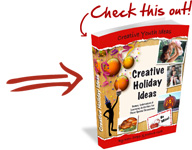 Creative Holiday Ideas
Creative Holiday IdeasGames and Activities in Celebration of common Holidays.
Creative Holiday Ideas has over 300 pages of ideas to help you plan not only your next New Year’s Celebration, but also most of the other common holidays. If you’ve ever wondered what you’re going to do for the holidays and how you’re going to do it, this resource is for you.

